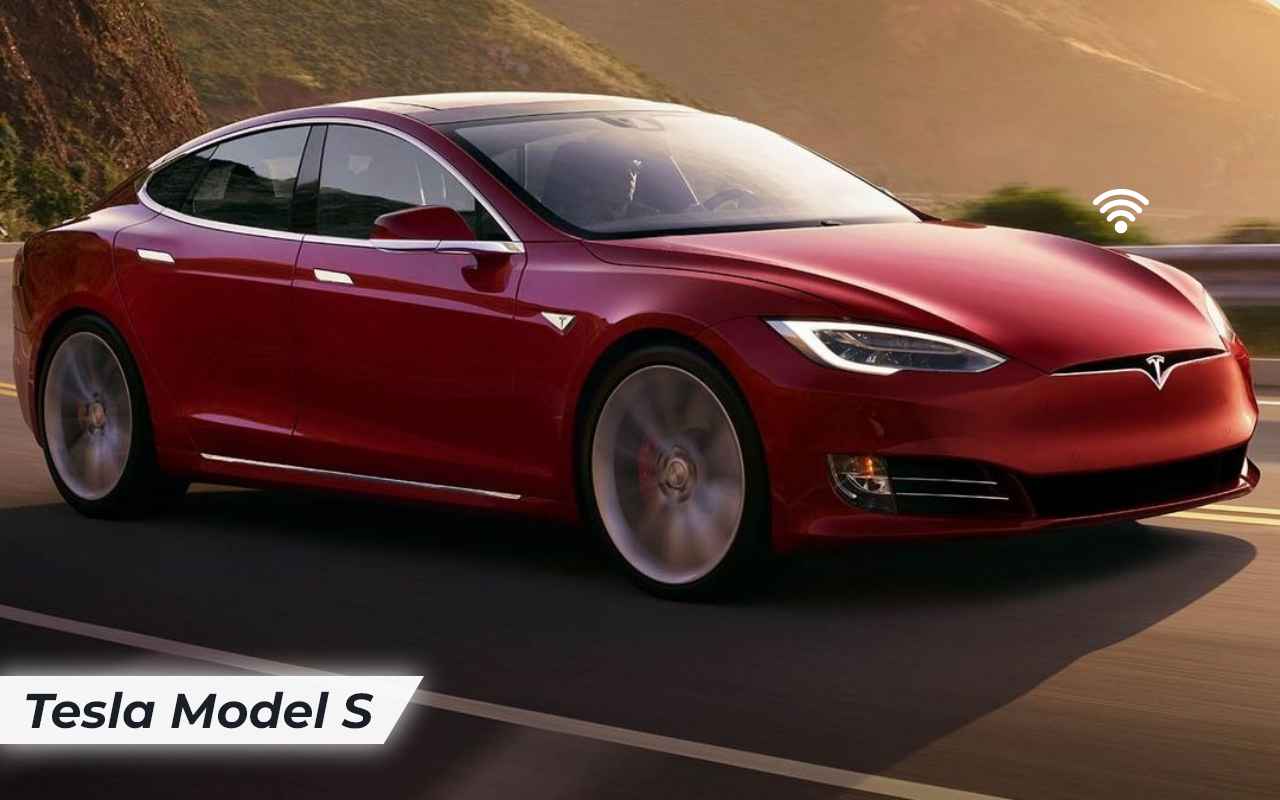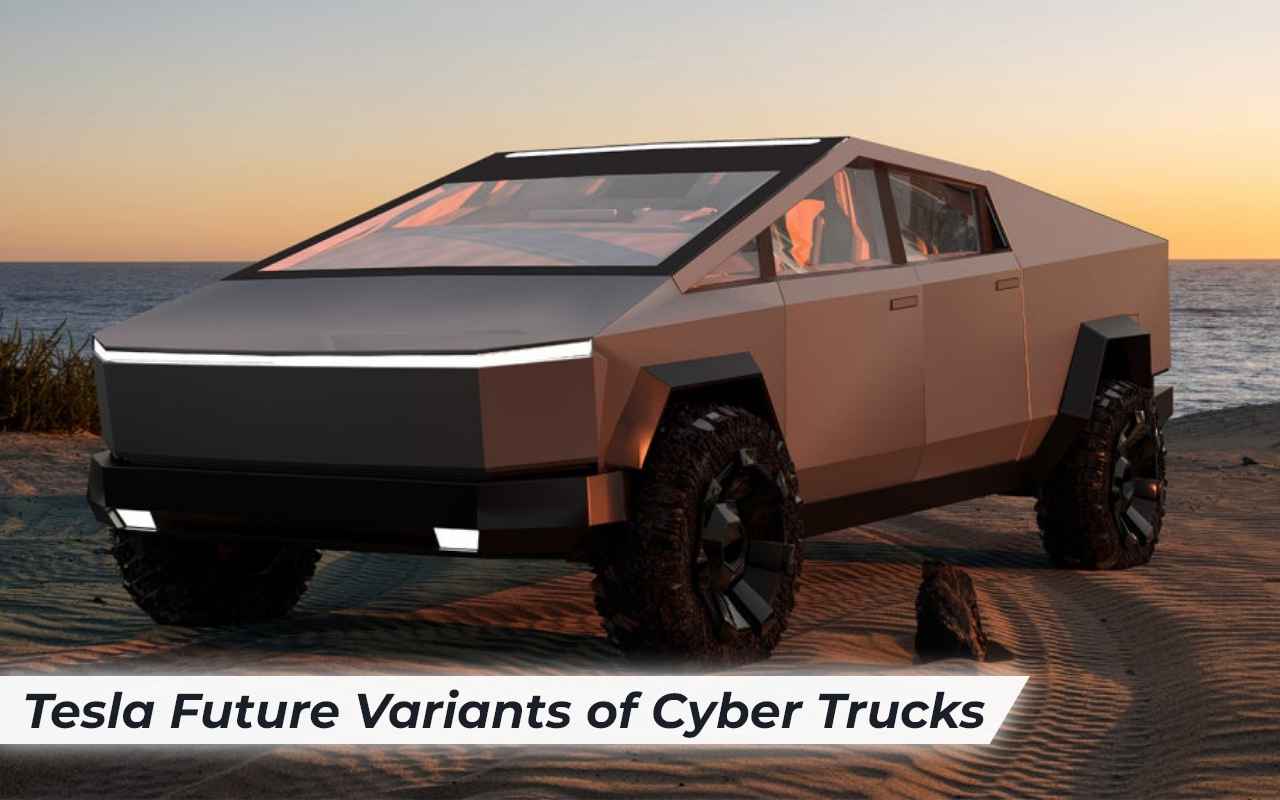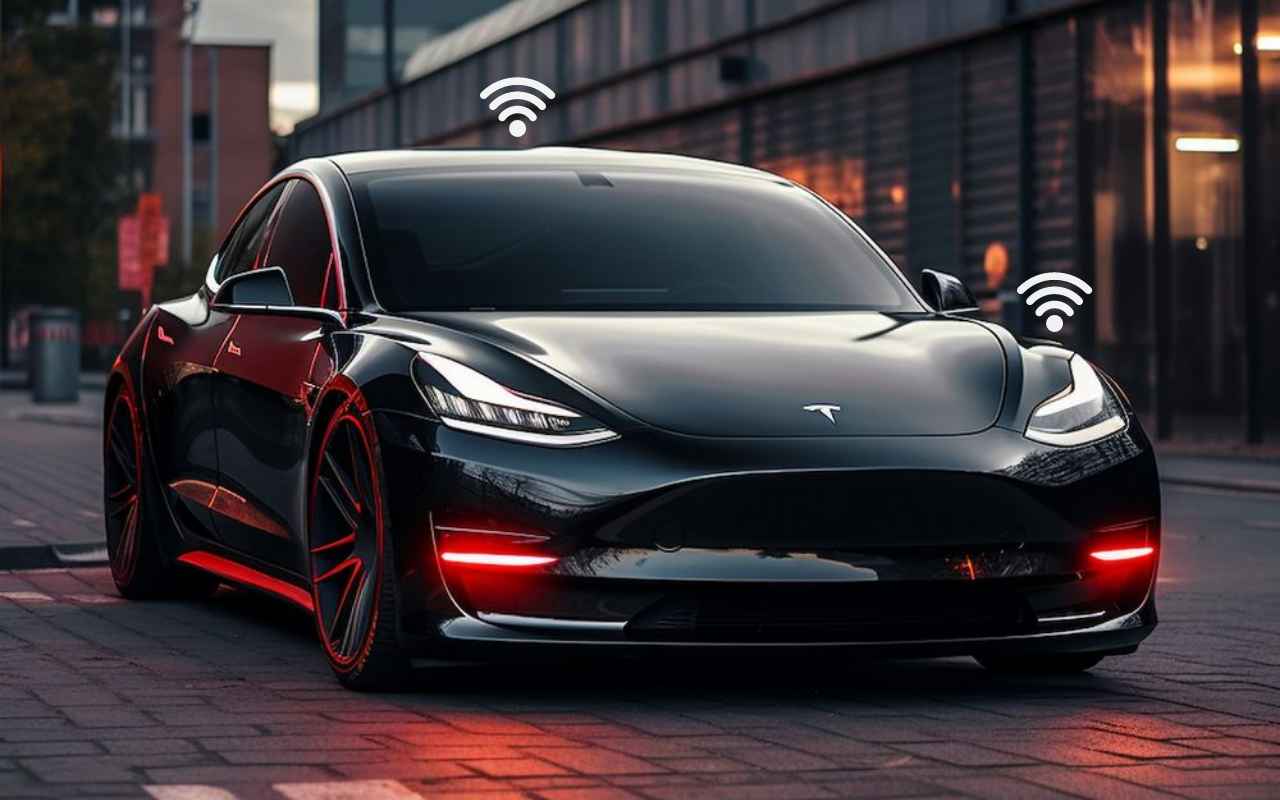The Internet is playing a vital role in electric vehicles, enhancing performance, safety, and the user experience. In electric vehicles, internet connectivity provides real-time data exchange, providing advanced features like updates over the air, vehicle monitoring through a remote, and diagnostics.
Connectivity to the internet is very important because it saves time and prevents repairs and recalls. Connectivity software in electric vehicles plays a larger role in terms of navigation, traffic updates, charging station location, and convenience to the users. Internet connectivity enables users to operate their vehicles remotely while sitting at home; this revolutionizes the driving experience. Does Tesla have WiFi? This is the question that surrounds the market for electric vehicles. The answer is yes. Tesla is an example of innovation. Remote control enables users to check the interior temperature of vehicles through mobile apps.
Empowering Electric Mobility: The Crucial Role Of Connectivity In EV Advancements
Electric vehicles need software to function properly. For example, the software used in the power distribution of electric vehicles, such as the ECU, regulates the power supply in all the components of electric vehicles with different voltage requirements.
The charging ECU in electric vehicles depends on a failsafe that enables electric vehicles to prevent charging unless initial conditions are met, such as charging ports on charging stations and vehicle compatibility.
The inverter in the ECU plays a vital role in electric vehicles and plays a role in power conversion.
All the software in electric vehicles needs connectivity to update their software and identify potential issues. Without connectivity, every electric vehicle owner will require an agent to address this issue.
Types Of Tesla Cars With Internet Connectivity
Several types of Tesla cars provide comfort with internet connectivity. A few of them are listed below:




Tesla's Internet Connectivity: Driving Innovation And Connectivity Beyond The Road
Connecting a power wall to the internet allows users to monitor their system through the Tesla app and receive updates over the air. It is recommended that powerwalls be configured through many network connections as soon as possible, such as WiFi connectivity, Ethernet cellular, and wired. Through this process, the power wall enables itself to connect to the best internet available. If the internet loses power or connection, then it should be restored or reset.
If the power wall is not connected to the internet, then the system will operate as the previous mode was activated in the vehicle, and remote control features will be disabled through the Tesla app. If the internet connection is not available for many periods, then it will not update the software and will impact the product warranty.
How is Tesla connected to the Internet? Unveiling Tesla's Cybernetic Link
WiFi is the easiest way to make an internet connection. The installer configures the WiFi system at the time of installation. It is recommended that the power will be connected to the internet when the user is at home. How is Tesla connected to the internet? An example is given below:
Supported Standards
Not Supported
Captive portals
Enterprise security
If the internet connection is weak, try to consider WiFi extenders and powerline adapters with supported standards of 10/100 Mbps.
Cellular Connection In Tesla
Upon connecting the power wall for the first time and a cellular connection being available, the cellular connection is automatically connected. The Tesla cellular connection is installed and established for backup only.
In early 2022, cellular network providers were phasing out 3G services only. The devices that were dependent on 3G will no longer be available for connectivity. That’s why the first-generation Tesla Gateway 1 will lose cellular connectivity. It is recommended that Tesla be connected to the internet in many ways, such as through Ethernet or a wired network, before phasing out 3G services.
Wired Ethernet Connection In Tesla
The wired internet is very suitable for Tesla because it requires electrical wires to connect to the Tesla Gateway. A wired internet connection must be set up through the installer. It is recommended that wired Ethernet be connected to the user’s home.
The full distance from the router to the gateway is not feasible, so that’s why you should consider using WiFi extenders and powerline adapters.
Improvement In Vehicle Safety And Reliability
When a vehicle hits the road, it is out of the OEM's hands; they are blind to in-vehicle data until the user brings back the vehicle with an issue. Manufacturers then have limited sources to troubleshoot the problem. Since EVs are dependent on software, this approach is no longer practical. With embedded connectivity, the manufacturers can sort out the problem without bringing the vehicle to the workshop.
An embedded software system troubleshoots the problems with the updated software system. The OEM system gathers information from the cloud and sees which unit requires repair.
Diving Into The Future With Connected Ev
Many manufacturers are facing troubles and using the old methods of connectivity; their system restricts over-air updates and infotainment and navigation systems rather than supporting a fully connected vehicle.
This requires extensive commitment and time with available resources. This requires an up-to-date software system to troubleshoot all the problems that are happening to the vehicle. From initial design to final product, the embedded data keeps the vehicle safe, healthy, and longer on the road.
Final Outcome
In the ever-evolving landscape of automotive technology, the integration of robust internet connectivity stands as a cornerstone of innovation, particularly exemplified by Tesla. Beyond mere convenience, this connectivity fosters a dynamic ecosystem of real-time updates, remote monitoring, and seamless integration with other devices and services.
As Tesla continues to pioneer advancements in this realm, the significance of internet connectivity in shaping the future of mobility cannot be overstated, promising a driving experience that transcends conventional boundaries.
Frequently Asked Questions (FAQ’s)
Q: How does internet connectivity benefit Tesla vehicles?
A: Internet connectivity in Tesla vehicles enables features such as over-the-air software updates, real-time navigation, remote monitoring, and integration with smart home devices. It enhances the user experience, ensures vehicles are always up-to-date with the latest features, and optimizes efficiency and convenience.
Q: What type of internet connection do Tesla vehicles use?
A: Tesla vehicles primarily utilize a combination of cellular connectivity and WiFi for internet access. The cellular connection allows for continuous access to Tesla's servers, enabling features like remote monitoring and software updates. WiFi can also be used for faster downloads of updates and data transfers when available.
Q: Are there any privacy or security concerns with Tesla's internet connectivity?
A: Tesla prioritizes privacy and security in its vehicles' internet connectivity. Data transmitted over the internet is encrypted to protect user privacy, and Tesla employs various security measures to safeguard against unauthorized access.










